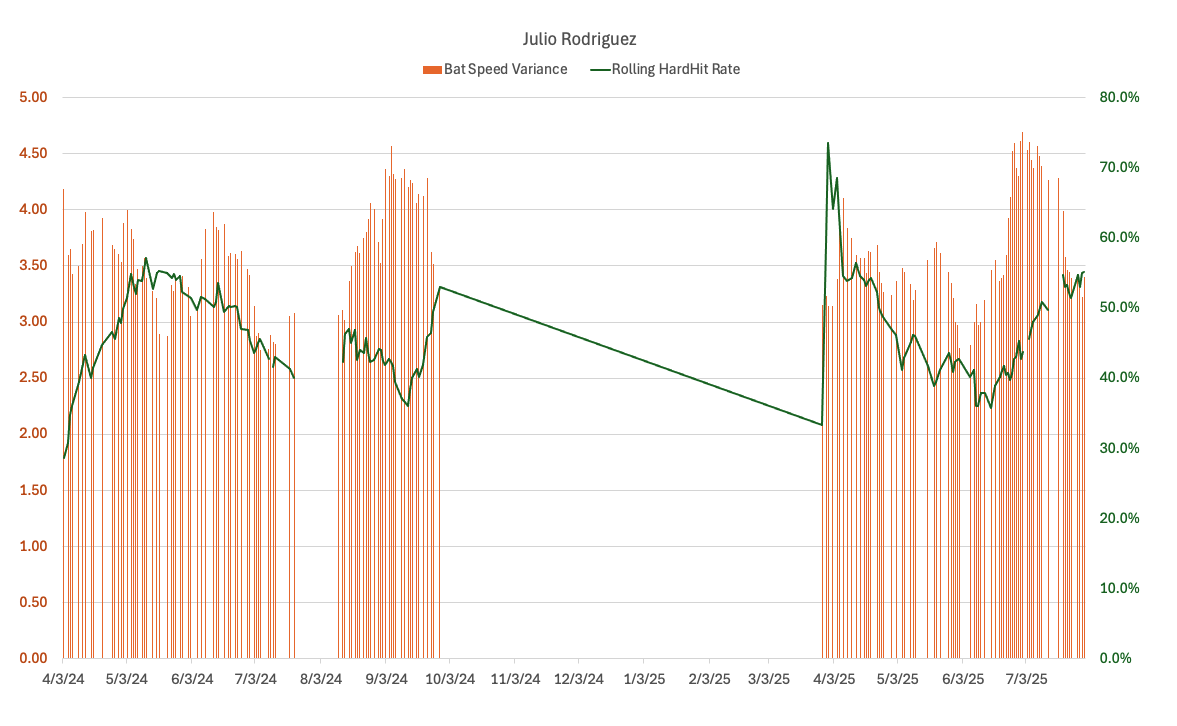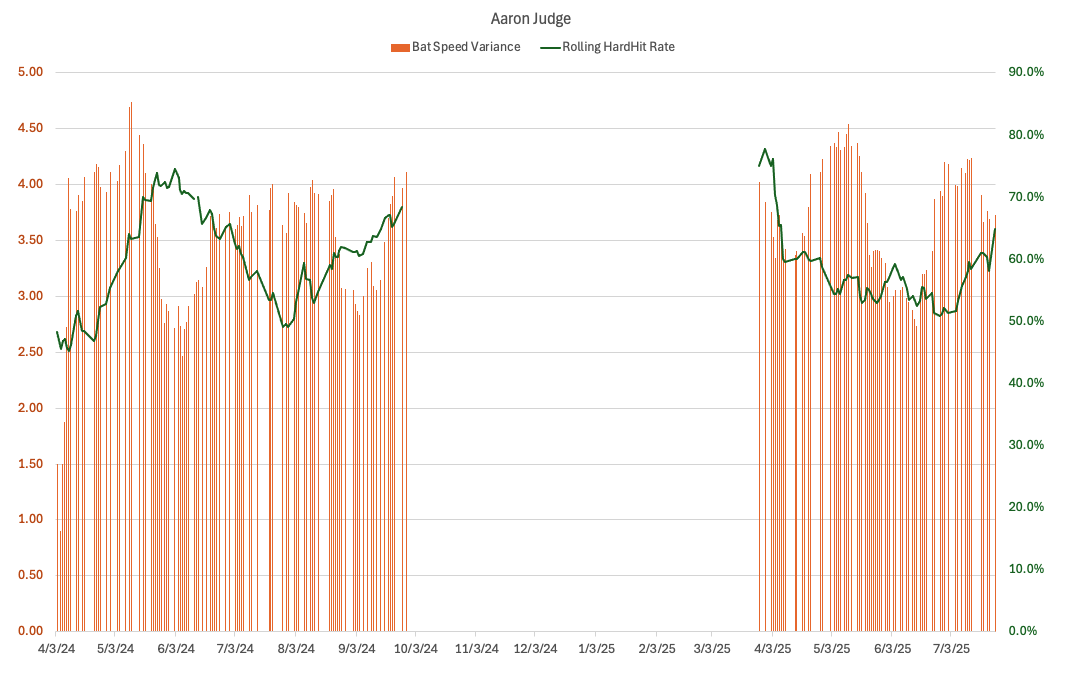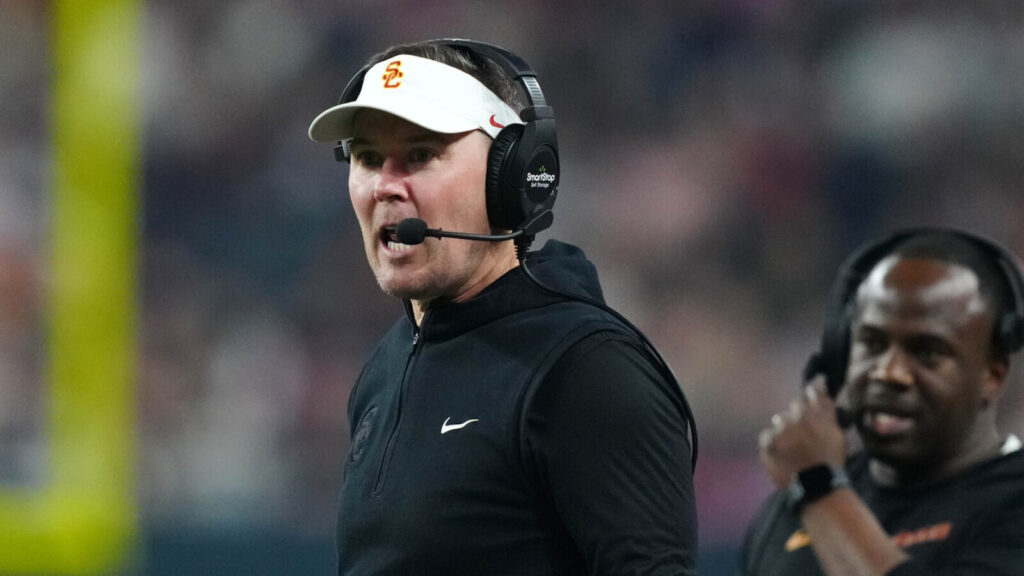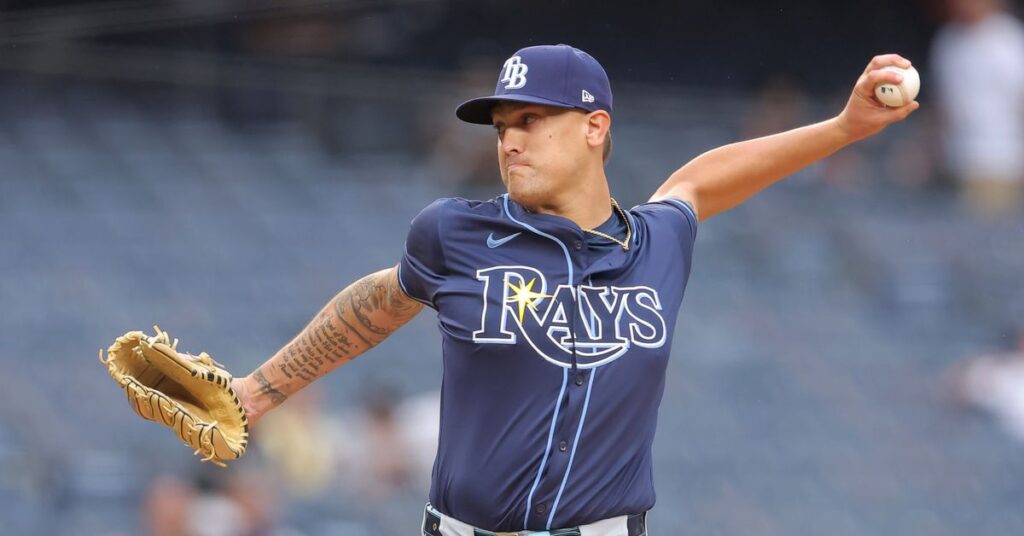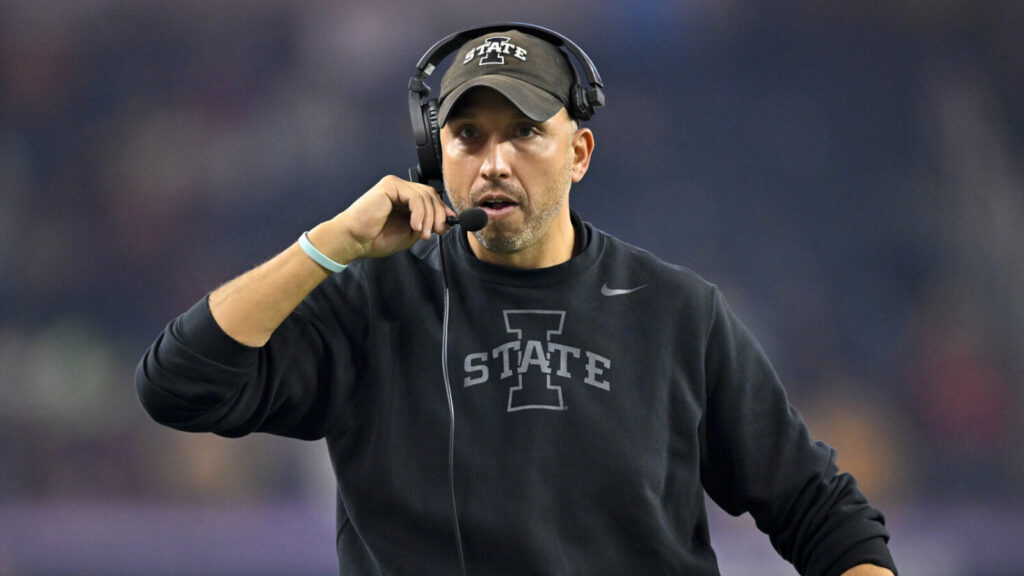Ever since bat tracking data went live on May 13, 2024, there has been a question that has been on the back of my mind. To set up this question, let’s walk through a hypothetical position player’s career. Consider a hitter who has a reputation for being “streaky”, we’ll call this player, let’s say, Michael Harris II, a random name I just thought of. Also, let’s call him Money Mike for short (also just thought of).
Money Mike hypothetically starts his career at a blistering pace, blowing through the minor leagues, and debuts a month after his 21st birthday. In his first season, he slashes .297/.339/.514 and becomes the first 21-year old to slug over .500 since Ronald Acuña Jr. and Juan Soto in 2019 (min. 400 PA). His second season starts off as a disaster, posting a 75 wRC+ over the 49 games, he eventually gets better and turns in a 143 wRC+ through the final 100 games of his second season. Similar patterns continue for the next few years, and Money Mike’s signature has become these extreme hot and cold spells as seen in his hypothetical rolling graph:
Now, when you’re watching Money Mike go through these hot/cold stretches, you hear a consistent observation in his demeanor:
| During Cold Stretches | During Hot Stretches |
| “You can tell he’s in between things right now, not sure which pitch is coming” | “You can tell he’s really feeling it right now. That ball must look like beach ball to him” |
Aside from discussing the size of the baseball based on his vision, a theme from broadcasters watching Money Mike is what his confidence level must be. In the larger history of baseball, the confidence of a hitter has always been an immeasurable intangible, the aura exuding from the player that cannot be picked up by the human eye or on camera, but only perceptible to old managers and baseball writers. As fans, we observe the magic mixture of posture, facial expression, body language, and armchair psychologist who will now surmise what is going through a grown man’s mind 300 feet away, of a person who we’ve personally never had a conversation with or know much about what’s going on in their lives. Is Money Mike looking bummed at the plate because his confidence level is down, or because the plane getting into town was delayed and he only got 4 hours of sleep?
Casting aside the psychological analysis, I think it’s safe to assume that performance and confidence are closely correlated. It wouldn’t take a genius to guess Money Mike’s confidence level probably looks like this:
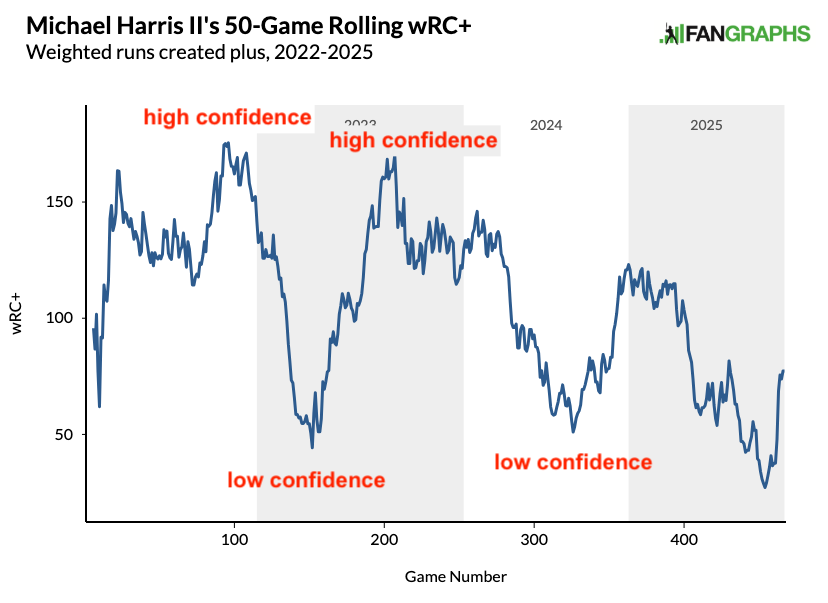
Beyond the simple wRC+ however, the question I have been setting this entire post for is this. Is it possible to use bat tracking metrics to measure confidence? Can we look at swing-by-swing data to measure variability, to see if a player is truly “in between things”? The overall topic is too large to break down in one post, so I decided to start with a simple question: Do we see any relationship between consistency of swing speed vs contact quality? Again, even at the simplest level, this is a complicated topic, so I’m going to look at two digestible metrics: competitive swing speed variation vs fastballs with less than 2 strikes. I’m limiting the sample to look for any factors that may cause a hitter to change their swing speed (outside of confidence). A hitter may slow/speed up their swing on non-fastballs, and with 2 strikes a hitter will also change their swing speed (usually slower). The goal of this research is to create a rolling graph of average swing speed variance vs contact quality.
The hypothesis from the above is this: If a hitter is less confident, they are less likely to get a consistent swing off. Picture a hitter who is not sure what pitch is coming; they may suddenly speed up their swing because an unexpected fastball came, or suddenly slow down their swing because they’re chasing a breaking ball. Measuring bat speed variance posits the idea that a “confident” hitter is consistently getting the same swing off. Since I did not have the resources to run this for all players for all (bat tracking) seasons, I’ve selected six hitters, some with reputations for being streaky (Michael Harris II and Julio Rodriguez) and others being more consistent (Shohei Ohtani, Aaron Judge) and looked at swing-by-swing data and batted ball quality from 2024-2025.
First, a primer on reading these graphs: the orange bar represents how large the swing-by-swing variations were (for the last 30 competitive swings), and the green line represents the rolling hard hit rate (how often a player hits the ball +95mph) for the previous 30 days. The orange bar being high means there is a lot of variation between swing speeds, as in the player is not feeling confident. Low variation means the player is swinging at a consistent speed, meaning they are locked in (high confidence). The green bar being higher means the player is making a lot of hard contact.
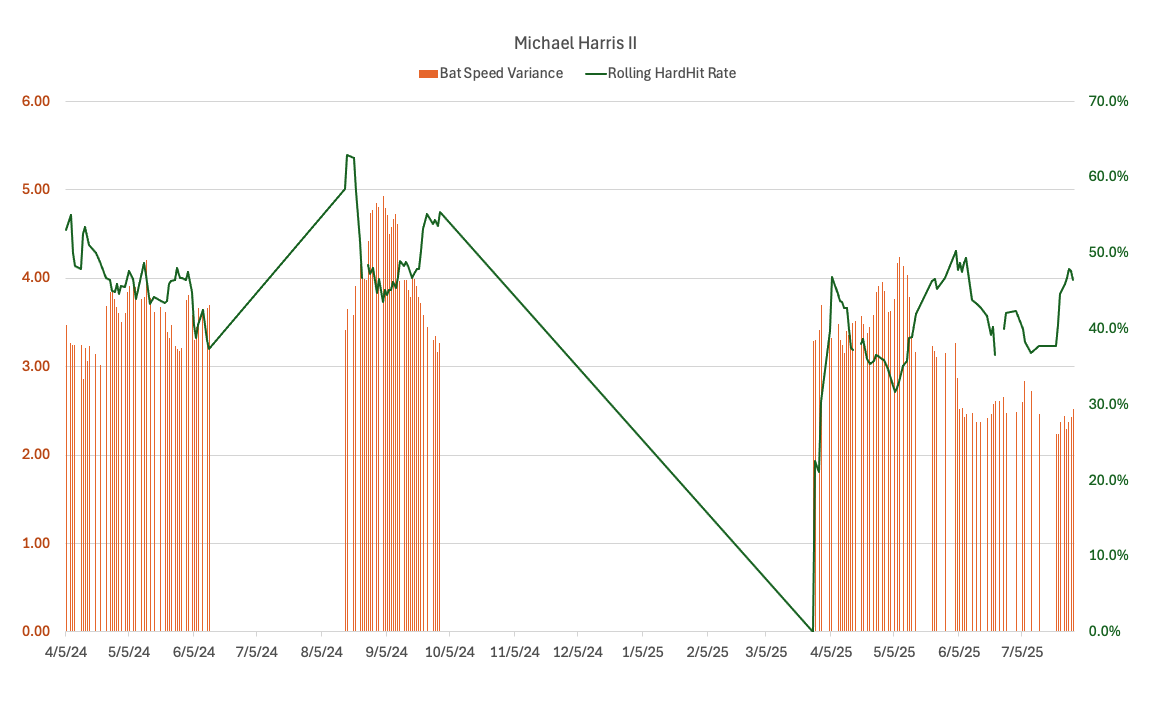
The Money Mike chart closely resembles the hypothesis I had. You see the green line go down when the orange bar goes up, indicating Harris isn’t feeling confident and thus not making a lot of hard contact.
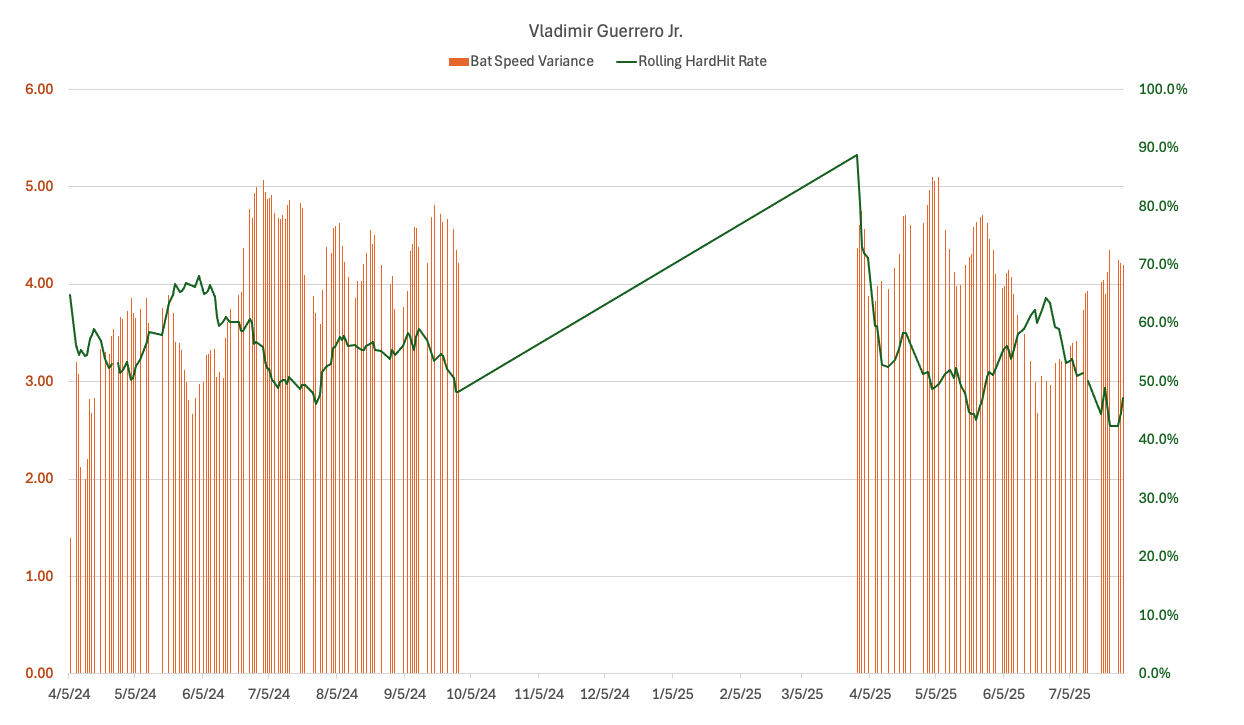
Vladimir Guerrero Jr. was interesting in that you can see stretches where he is making ~70% hard contact, and the variability in his swing gets very low.
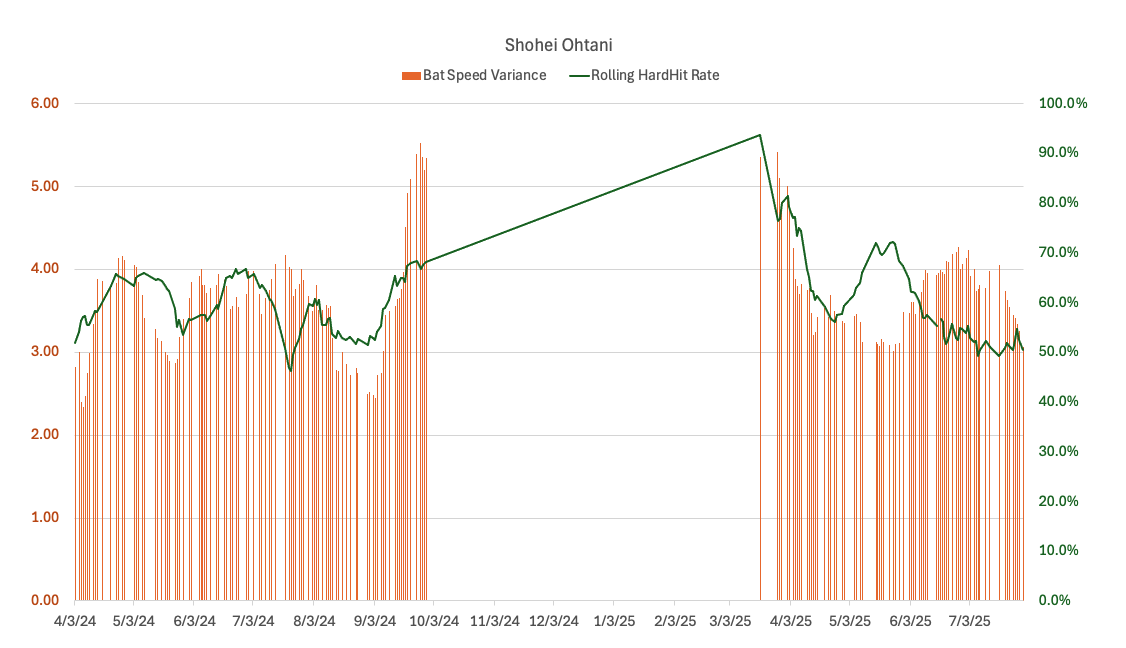
Shohei Ohtani was even more interesting in that you can see a period in late September/October of 2024 where his confidence level gets very low (remember high numbers means less confidence) and yet his hard hit rate was higher than ever.
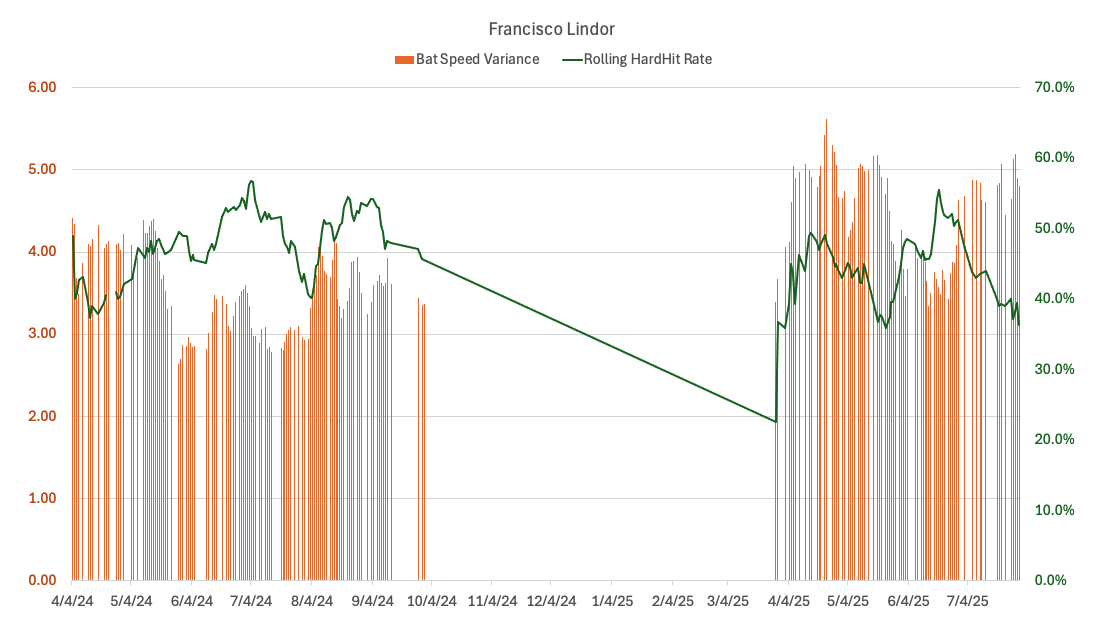
For Francisco Lindor, you can see where his hot stretch occurred in the middle of 2024, where he had very high confidence. However, he seemed to have been able to carry a high hard hit rate in 2025 without as much confidence.
(Going to put Julio Rodriguez and Aaron Judge at the bottom of this article since there weren’t any new observations)
I think the research here touches on the surface of something that could be useful in the future, but I’ll need to refine and dig deeper into this concept. For example, the “variations” I was looking at were just swings against fastballs. Ideally, I would be able to look at variations against all pitches and see what overall “confidence” level looks like. The other open question is if low variation swing speed is even a good thing for all players. Clearly, for someone like Money Mike, there seems to be a relationship between consistent swing speed and good performance, but that may not be the case for Shohei Ohtani. He may purposely vary swing speeds depending on pitch type and location, and that’s what makes him successful. All these things and more to come on Stat Chat.
